Buckwheat Flour
$3.00 — available on subscription
Out of stock
Want to be notified when this product is back in stock?
Product Description
16 oz
Give your baking a truly distinctive flavor with Gerbs Buckwheat Flour. An excellent source of fiber, buckwheat berries , not derived from wheat, are ground into flour can be used for an array of international dishes such as soba noodles, blinis, crepes and pancakes.
Ingredients: Ground Buckwheat Groats.
Frequently Bought Together
Customer Reviews
You must be logged in to post a review.
Shop by Category
Find Your Safe Favorites
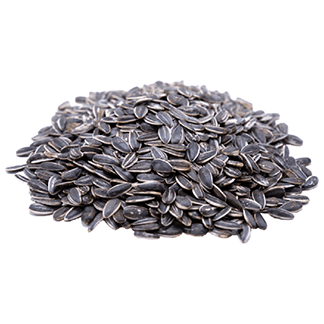
Seeds
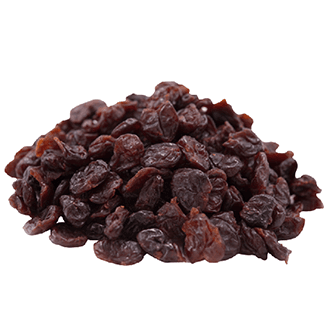
Dried Fruit
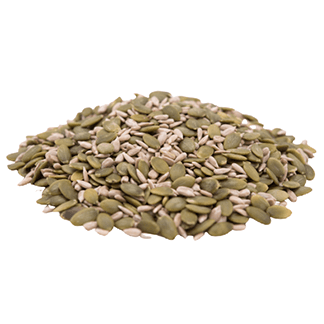
Snack & Trail Mixes
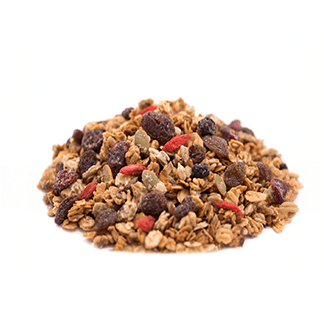
Granola
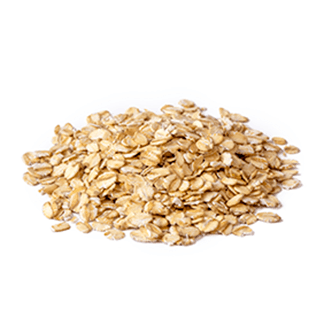
Grains
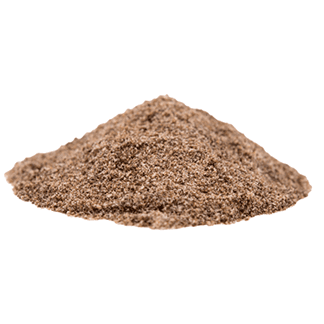




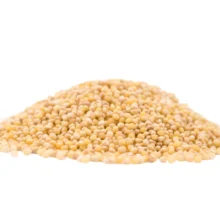
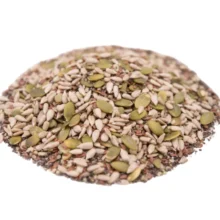
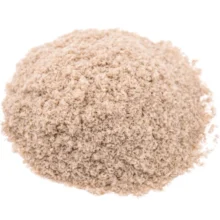
Reviews